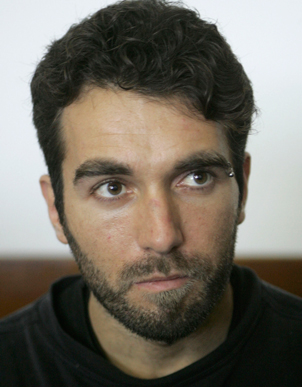Tag: Gaza
-
Military court in Gaza holds another session to consider the case relating to the death of Italian solidarity activist, Vittorio Arrigoni
20 December 2011 | Palestinian Center for Human Rights On Monday 19 December 2011, the Permanent Military Court in Gaza held the ninth session in Gaza City to consider the case relating to the death of the Italian solidarity activist, Vittorio Arrigoni. Lawyers from the Palestinian Centre for Human Rights (PCHR) attended the session in…
-
Narratives under siege: Overcrowded living
14 December 2011 | Palestinian Center for Human Rights Muhammed Salman Abu Rashad, 45, Amna Abu Rashad, 31, and their nine children live in the Jabalia refugee camp, one of the most densely populated areas on earth. The family represent just 11 of the 1.1 million refugees who make up the vast majority of Gaza’s…
-
Planting the seeds of resistance and steadfastness in the no go zone
by Nathan Stuckey 13 December 2011 We set off from in front of the Beit Hanoun Agricultural College under the flags of half a dozen countries, but listening to the music of Palestine. Every Tuesday, for three years, we set off from here into the no go zone, that three hundred meter strip of death…



